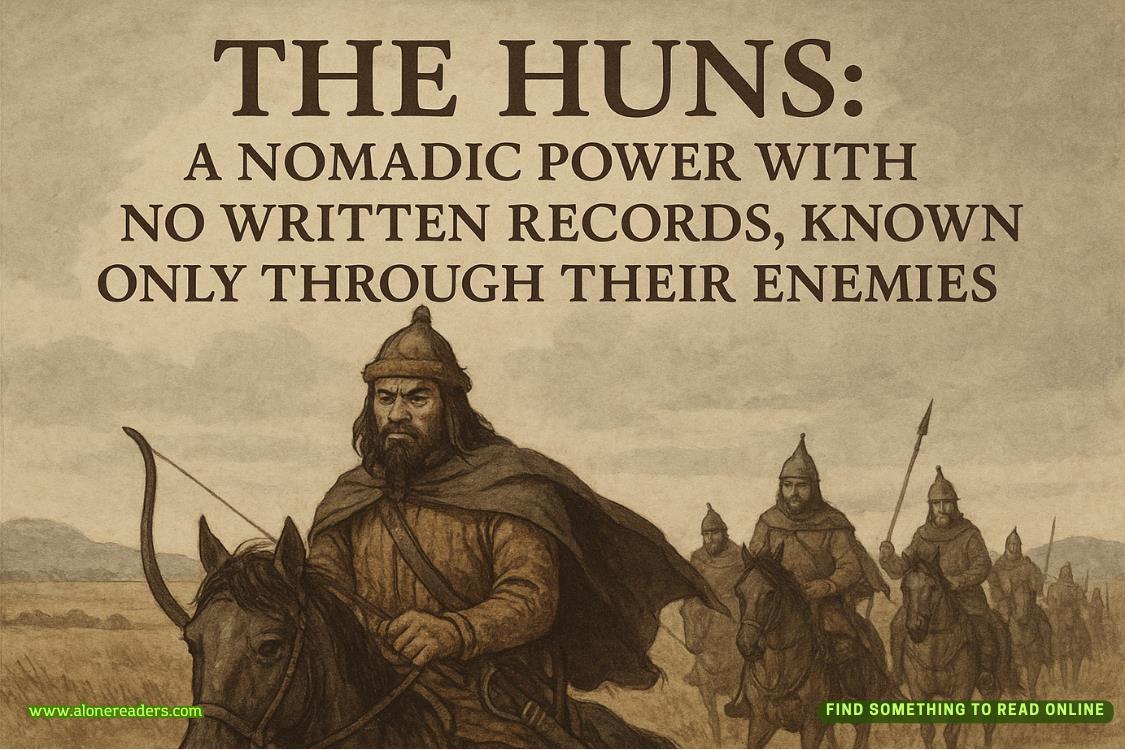Page 91 of The Truth You Told
Again, he was intelligent, or intelligent enough to try to think through any dumb mistakes that he could make. Using Kilkenny’s name—even when throwing in some extraneous letters in there to fool the computer—was, in theory, a dumb mistake.
Somewhere in the first line, there was a double letter that would always equalk, and a double letter that would always equaln. Once those two pairs were pinpointed, they could figure out a handful of other important letters, certainly enough to at least partially decrypt the message.
If he’d really wanted to make sure his code was rock solid, he would have changed that up.
Which meant he’d used it for a purpose.
Raisa laughed in disbelief. It was so simple and so stupid and yet it had worked.
Why you?Conrad had taunted. Maybe it was partly because of Shay.
But it was partly because Callum Kilkenny had enough repeating letters to establish a fucking pattern, one that would show up in every single letter.
The only reason to take that risk, though, was to make sure the letter was decipherable tosomeone.
Raisa’s butt hit one of the seats as the realization slammed into her like a blow.
Their two killers had been talking to each other.
Raisa breathed out a curse, let herself just stare for a minute, and then went to work.
The message to the impostor wouldn’t have been an Alberti Cipher—it would have been hiddenbeneaththat cipher.
She ran through the list of codes she knew. She discarded a few based on simplicity or complexity, and landed on the Vigenère cipher.It was a close cousin to the Alberti, but it was more elegant and harder to crack. It also required a key word for it to work.
It checked enough boxes to be worth trying.
The first step required creating a table on the whiteboard full of Caesar ciphers. Those were notoriously some of the easier codes to crack—all they did was shift the alphabet down a letter instead of jumbling it. Where it got complicated was when you created a grid of them.
To do that, she wrote the alphabet across the top of the whiteboard and then vertically down the side as well. On the second horizontal line, she started the alphabet with the letterBand wrote out all the letters until they wrapped around to end withAgetting paired withZ. With just those two lines, she had the simplest Caesar’s cipher—here, each letter of the alphabet was shifted one spot.
KINGbecameL-J-O-H.
She repeated the process all the way down her vertical line of the alphabet, each horizontal line shifting the alphabet one letter from the one above it.
Once she had her twenty-six lines, she had something to work off.
Then came the harder part—the key word.
If the two killers were communicating via publicly printed letters, it was safe to assume the key word would be in the message itself—something both of them could easily identify but would slip under the radar of the task force.
The name of the victim, of course, was an option—Raisa tried it both coded and uncoded.
Nothing but gibberish came up.
She chewed on the marker as she stared at the table she’d drawn.
The salutations. They were the only things about the messages that always remained the same. And in both, no matter how many letters they threw in front of the salutations as gibberish, they were still easy to find.
Which meant the easy letters to isolate for a key word would be the gibberish that came ahead of the salutations.
Sneaky bastards.
She picked a message at random, and wrote the five letters that preceded the salutation on the board next to her table of Caesar ciphers.
Raisa exhaled. The task was daunting. To manually crack a Vigenère cipher, she would have to write the five letters from the key word over each letter in the Alberti-encoded message.
When that was done, she had a message full of matching pairs:RandD, thenFandT, and so on. That gave her two coordinates on her Caesar grid—where those two letters intersected in her twenty-six rows of alphabets was the letter it actually represented.















